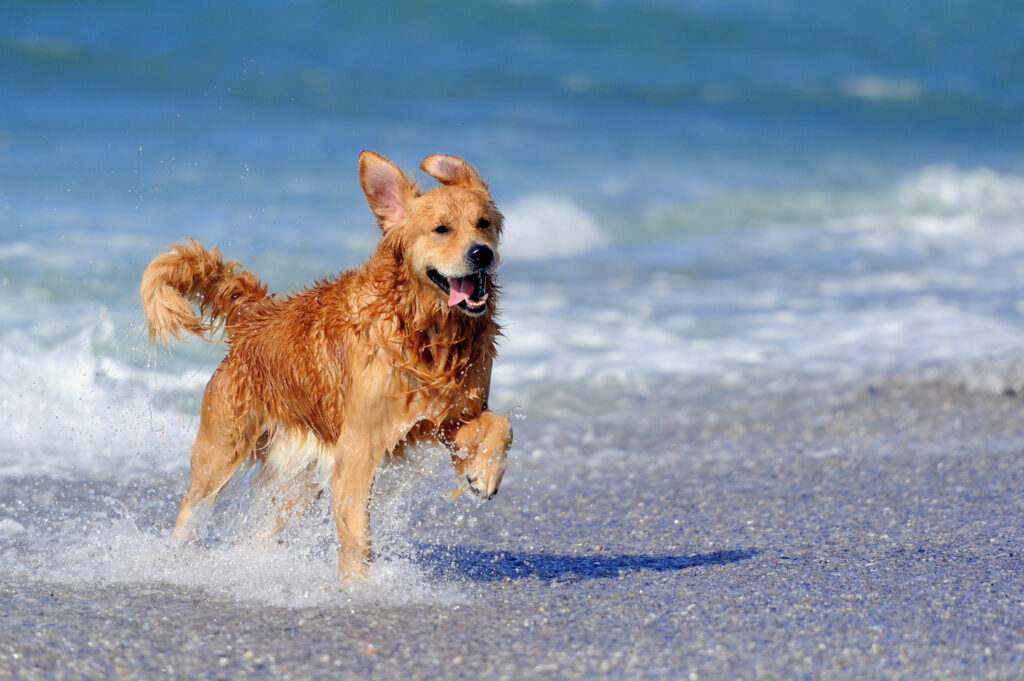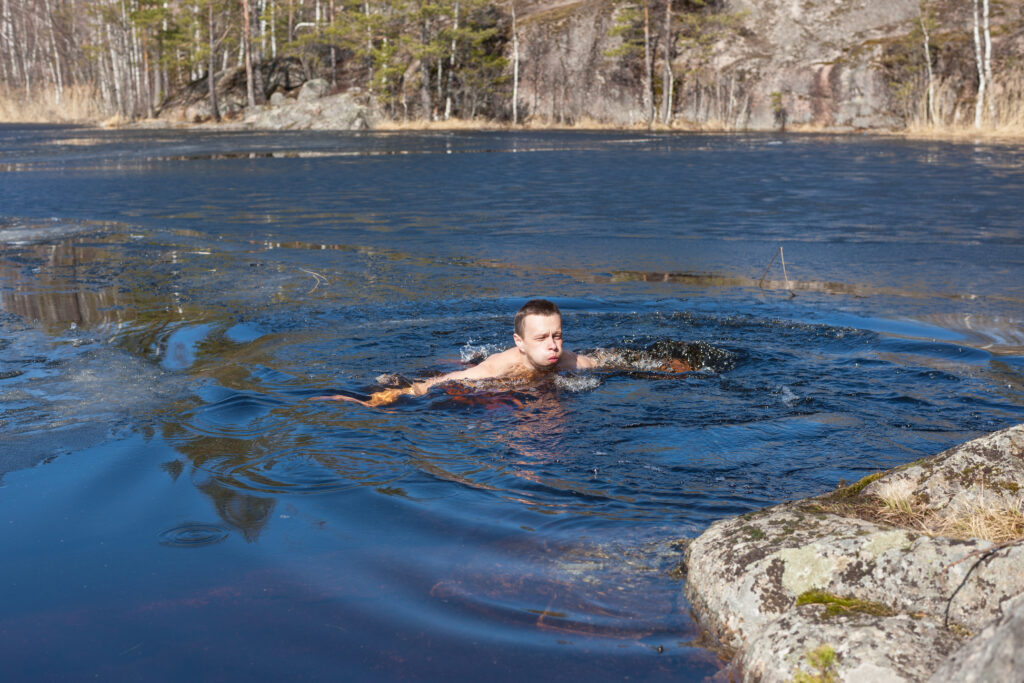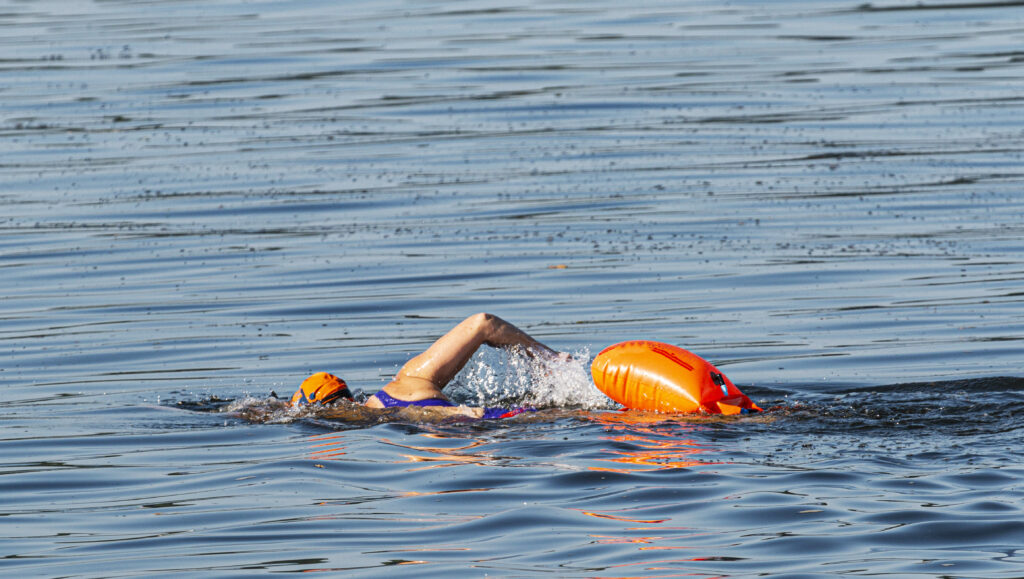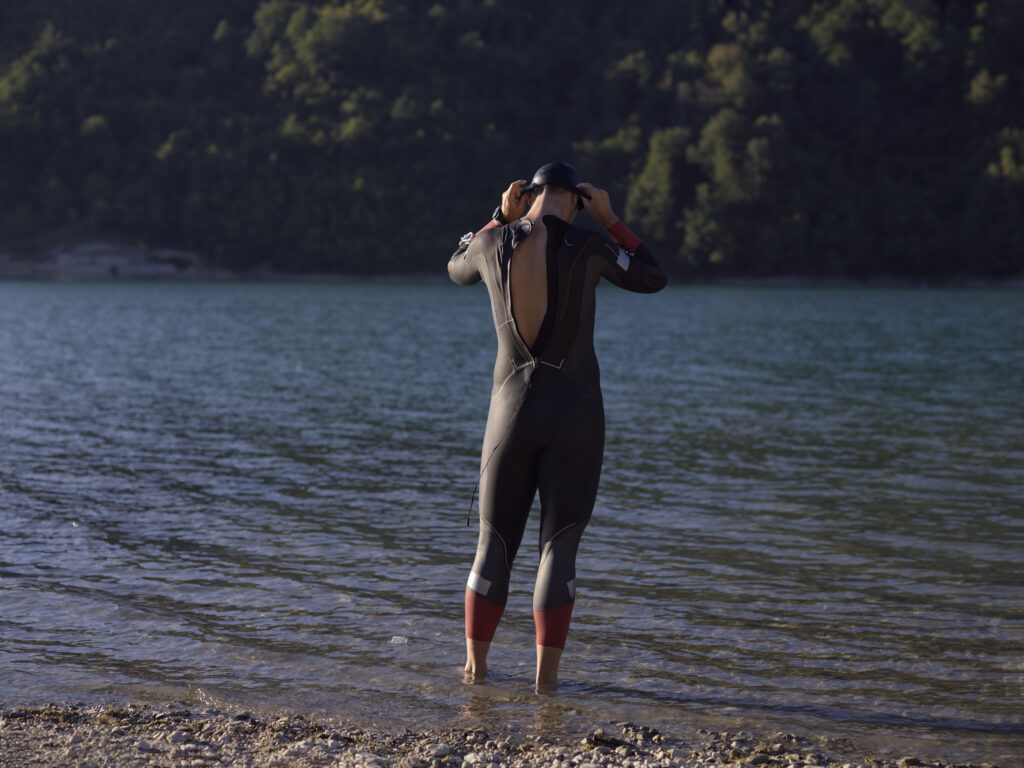Taking your pet dog for a swim in the sea can be a delightful experience for both the animal and the owner. It offers a unique setting for exercise and play, as well as a chance for dogs to cool down on hot days. However, it’s crucial to approach sea swimming with safety as the top priority. The sea can be unpredictable, and understanding the potential hazards is key to ensuring a safe and enjoyable time for your four-legged friend.
Several factors must be considered before allowing dogs to swim in the sea. These include the physical condition and swimming ability of the dog, water quality, and the presence of dangerous currents or marine life. Some dogs are natural swimmers and are eager to dive into the waves, whereas others may not be as confident or physically capable. It’s also important to be aware of the signs of distress or exhaustion in dogs while swimming.
Providing a safe environment for sea swimming involves a bit of preparation and knowledge of emergency procedures. By being cautious and preparing for possible risks, owners can significantly reduce the likelihood of accidents. They should ensure that the chosen beach is dog-friendly, check for any warning flags or signs indicating unsafe conditions, and be familiar with the local tide times and sea behaviour. Being informed and prepared can make sea swimming a fantastic experience for dogs and owners alike.
Understanding Sea Swimming for Dogs
Sea swimming offers a range of benefits for dogs, but it’s crucial for owners to recognise the differences between bodies of water and the varying swimming capabilities of different dog breeds. This ensures a safe and enjoyable experience for canine companions.
Benefits of Swimming for Dogs
Swimming is an excellent form of exercise for dogs, working various muscle groups without the high-impact stress on joints that running can cause. In the sea, the added resistance of water promotes cardiovascular fitness and muscle strength. Moreover, it’s a fun way for dogs to cool down on a sunny day and can be a boon for their mental health, offering a stimulating break from their usual routine.
Different Bodies of Water
When considering dog swimming, it is important to distinguish between salt water found in oceans and fresh water in lakes. Salt water can dehydrate dogs and cause salt toxicity if ingested in large amounts, leading to health issues such as vomiting or diarrhoea. On the other hand, while lakes may seem safer, they can house hazards such as blue-green algae, which can be toxic for dogs. It’s advised to always check that sea conditions are safe before letting a dog swim, and to provide them with fresh drinking water.
Recognising Dog Breeds and Their Swimming Capabilities
Not all dogs are natural swimmers; some dog breeds have physical characteristics and instincts that make them more adept at handling water. Breeds with strong limbs and webbed feet, such as Labrador Retrievers, are generally natural swimmers and can handle the choppy waters of the ocean. In contrast, breeds with shorter legs or snouts may struggle and become easily fatigued. It’s important to know a dog’s limits and introduce them to swimming gradually, allowing them to build confidence in the water.
Always be cautious of sea conditions and your dog’s swimming abilities when introducing them to different bodies of water, whether it’s the vast ocean or a local lake.
Preparation for Sea Swimming
Prior to taking a dog for a swim in the sea, it is essential to ensure they are equipped with proper safety gear and are comfortable in the water. Selecting an appropriate location is also crucial for a safe and enjoyable experience.
Dog Life Jackets and Safety Gear
A well-fitted dog life jacket is crucial for sea swimming, providing buoyancy and visibility. Life jackets should have strong handles for quick retrieval in case of emergency. Additionally, reflective strips on the life jacket enhance visibility during overcast conditions or when swimming at dusk.
Training Your Dog for Sea Swimming
One should start with basic training in a controlled environment like a paddling pool. Gradually transitioning to shallow areas of the sea can build confidence. It’s imperative to establish strong recall commands to manage the dog in the water effectively. Using floating toys can be beneficial for training purposes, encouraging the dog to swim and fetch in a playful manner.
Choosing the Right Swimming Spot
The ideal swimming spot for sea swimming should have a gentle slope with a shallow area for dogs to enter the water easily. Check tide times and currents to ensure the chosen spot is safe. Avoid areas with strong tides and remember to respect local wildlife and other beach users.
Safety Measures During Sea Swimming
When taking your dog for a sea swim, understanding and preparing for potential hazards is paramount. It’s crucial to monitor water conditions diligently, supervise your dog vigilantly, and be well-versed in emergency procedures.
Monitoring Water Conditions and Hazards
Before allowing your dog to enter the sea, one must assess the beach for warning flags and signs indicating the presence of jellyfish, rip currents, or red tides. Blue-green algae, though more common in stagnant waters, can occasionally be found in coastal areas and is highly toxic to dogs. Checking tide times and wave heights can help to determine whether the sea conditions are safe for your dog.
Supervising Your Dog in the Water
While your dog is swimming, constant supervision is required. Keeping them in shallow water and away from rough seas ensures they remain within a safe distance for you to intervene if necessary. Dogs should be monitored closely for signs of fatigue or distress, as both saltwater ingestion and exhaustion can pose serious health risks.
Emergency Procedures and Precautions
Familiarise oneself with the emergency procedures of the beach you are visiting. This includes knowing how to contact local lifeguards or veterinary services promptly. Carrying a pet first aid kit and ensuring your dog has a flotation device can mitigate the risks associated with sea swimming. It is advisable to learn how to handle common water-related emergencies, such as those caused by undertow or accidental ingestion of hazardous substances.
Post-Swimming Care and Considerations
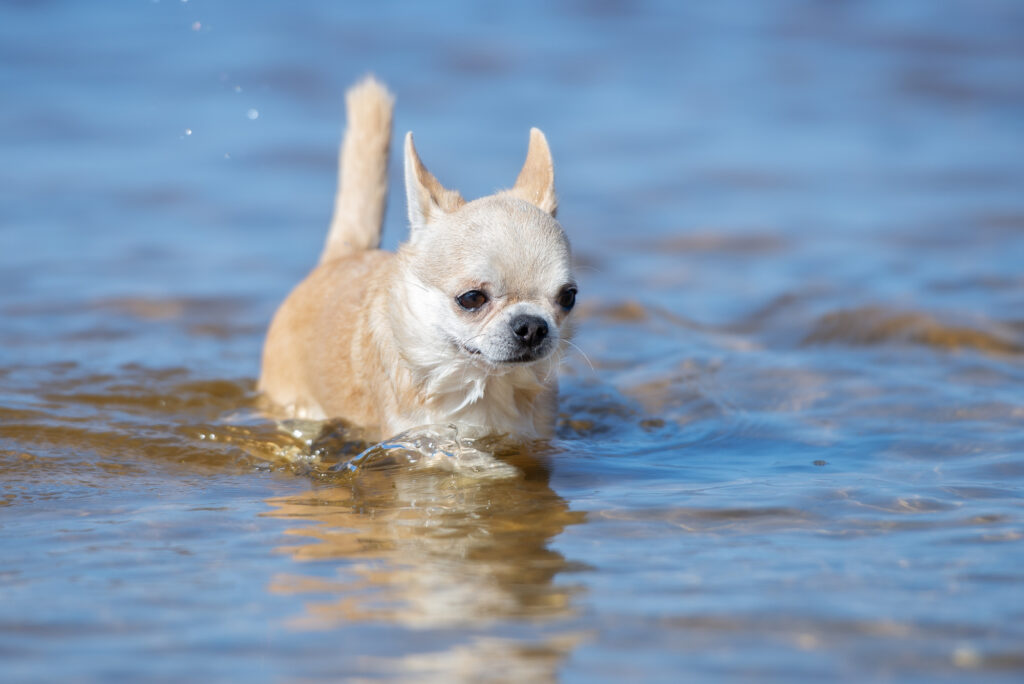
After sea swimming, it is vital to properly care for your dog by rinsing off sea salt and potential contaminants. Not only does this keep their coat in good condition, but it also helps to prevent health issues that can arise from ingested salt water or exposure to harmful algae and bacteria.
Rinsing and Bathing After Sea Swimming
Immediately after sea swimming, thoroughly rinse your dog with fresh water to remove salt, sand, and marine microorganisms. If they have been swimming in potentially contaminated water, a full bath with dog-friendly shampoo can prevent skin irritation and remove lingering bacteria. Ensure the water is lukewarm to prevent hypothermia, especially in the colder months.
Watching for Signs of Distress in Dogs
Post-swim, monitor your dog for any signs of distress such as vomiting, diarrhea, or lethargy, which could indicate salt water ingestion or hypothermia. Salt water can lead to salt poisoning, with early symptoms including vomiting or diarrhoea. If these symptoms are observed, it’s crucial to consult a veterinarian quickly to avoid further complications.
Understanding Water-Related Diseases in Dogs
Be aware of water-related diseases such as leptospirosis, which can be contracted from contaminated water sources, or salmon poisoning disease, typically found in the Pacific Northwest and often associated with ingestion of infected raw fish. Certain algae present in fresh water can also produce toxins harmful to dogs. Knowledge of regional risks and post-swim hygiene practices are one’s best defence against these potential health issues.
Dog-Friendly Beaches and Swimming Areas
When scouting for locations to enjoy sea swimming with your canine companion, it’s essential to identify beaches that are dog-friendly and understand the local guidelines that ensure a safe and enjoyable time for families, their pets, and other beachgoers.
Finding Dog-Friendly Beaches
Many beaches welcome dogs, offering ample space for families and their pets to enjoy seaside fun. To locate these beaches, look for signs indicating a beach is dog-friendly or search online resources such as The Beach Guide which provides a comprehensive list of dog-friendly areas. Consider the specific needs of puppies, who may require gentler shores, and take note of any seasonal restrictions that may affect access.
Respect and Regulations at the Beach
Regulations are put in place to maintain the harmony of coastal regions. These may include keeping dogs on leads, ensuring they don’t disturb local wildlife, and cleaning up after their exercise. Visitors should adhere to these rules which are often signposted or listed on websites like PDSA’s Water Safety page. Compliance not only preserves the beach environment but also guarantees a welcoming atmosphere for all.
Creating a Positive Beach Experience
A positive beach visit encompasses more than just following the rules; it’s about ensuring the wellbeing and enjoyment of your dog. Always provide fresh water to prevent dehydration and monitor your dog to prevent the ingestion of sea water, which can be harmful. Consider visiting during quieter times to reduce stress for your dog, especially if they are not used to crowded spaces. For homes without direct beach access, private swimming pools or paddling pools can be safe alternatives for dogs to cool down and enjoy the water.
Additional Tips for Enjoying Sea Swimming with Your Dog
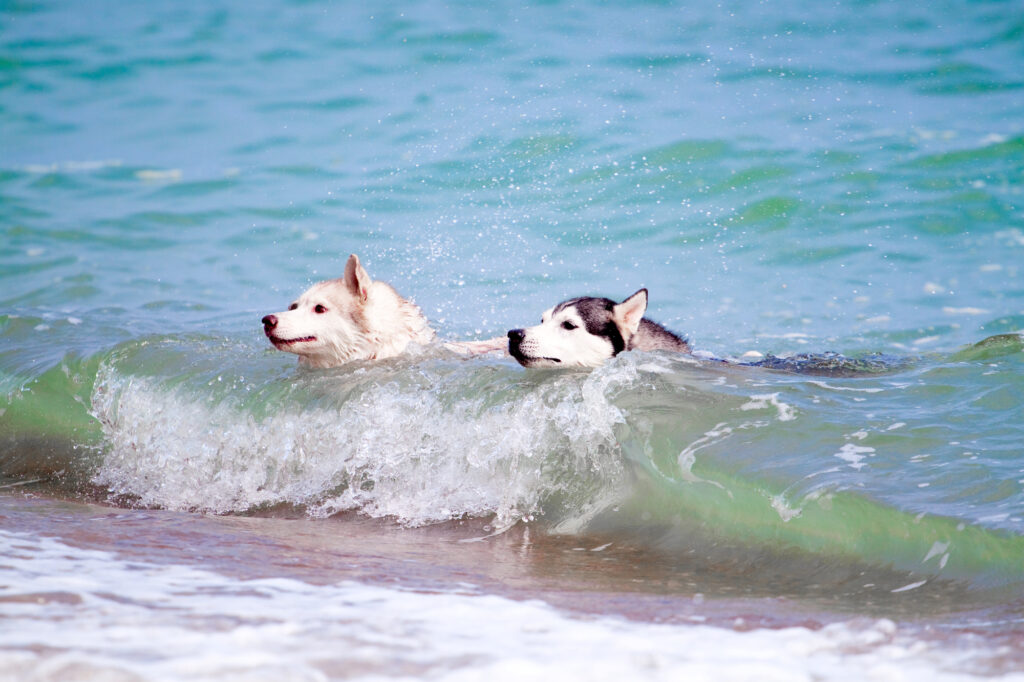
Before introducing your dog to the splendour of the sea, it’s vital to consider their safety, enjoyment, and comfort. From selecting the right toys to ensuring hydration, these additional tips will help make your seaside adventures with your pooch both fun and secure.
Water Games and Exercise
Incorporating water games and exercise into sea swimming can significantly enhance the experience for dogs like Labradors, who are often keen swimmers. Playing fetch with a floating toy can provide both physical exercise and mental stimulation. Remember to offer plenty of praise and encouragement, especially for breeds such as Dachshunds or Boxers that may be less confident swimmers.
Heat Prevention and Hydration
To prevent heatstroke, it’s essential to let your dog cool down during play. Provide ample fresh drinking water to maintain adequate hydration. Dogs can’t sweat, so ensure they have opportunities to take breaks in the shade or a paddling pool to regulate their body temperature.
Dog Swimming Accessories
For added safety, especially for breeds that are not natural swimmers, consider a dog life jacket. This accessory provides buoyancy and visibility, keeping dogs safe and secure in the water. Always choose the appropriate size and test it in shallow water before venturing deeper.
Understanding and Preventing Health Risks
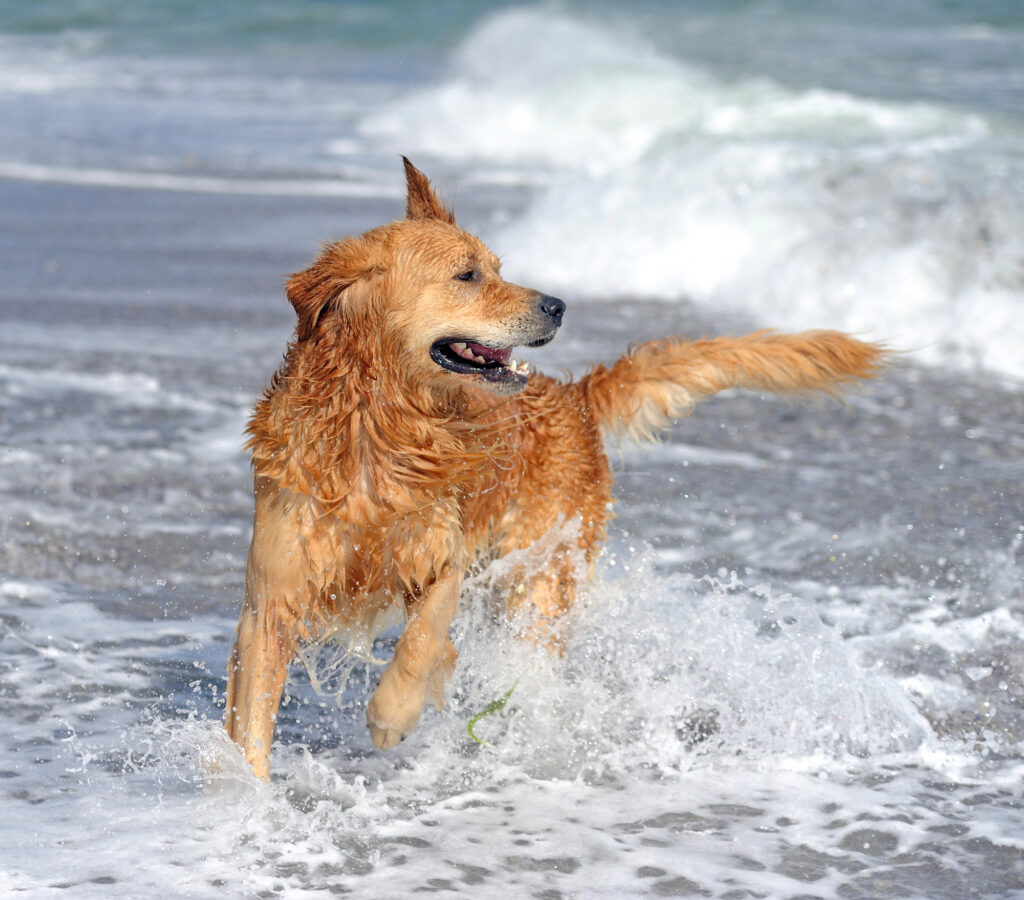
When incorporating dogs into aquatic activities, owners should prioritise understanding common health risks associated with sea and fresh water and employ preventative measures to ensure their dogs’ safety and wellbeing.
Common Health Risks in Sea and Freshwater
Some of the prime health risks for dogs when swimming in natural bodies of water include exposure to toxic algae, specifically blue-green algae, which can be fatal if ingested. Symptoms such as vomiting, diarrhoea, lethargy, and convulsions indicate potential poisoning. Dehydration and water intoxication are other concerns, with the latter occurring due to excessive water ingestion. The water temperature can also impact a dog’s health, leading to hypothermia in cold conditions. Dogs may also encounter physical dangers, such as fishing hooks or debris that can cause scratching, injuries, or infections, and coughing may follow if water is inhaled.
Preventative Measures for Dog Swimmers
Ensuring dogs are safe during sea swimming involves several crucial steps:
- Vaccinations: Ensure all vaccinations are up-to-date to protect against waterborne diseases.
- Check for Hazard Warnings: Look out for signs of blue-green algae. Avoid areas where any type of algae is visible or where warnings are posted.
- Monitor Behaviour: Watch for any signs of illness, such as coughing or scratching, and act promptly.
- Fresh Water Availability: Provide plenty of fresh water to prevent dehydration.
- Supervise Swimming: Always supervise dogs in water to prevent accidents, keeping an eye on the water temperature and their intake to prevent water intoxication.
- Rinse Off: After swimming, rinse dogs to remove saltwater, algae, or bacteria that could lead to infections.
Frequently Asked Questions
This section addresses common inquiries regarding taking dogs for sea swims, focusing on safety measures, health benefits, necessary aftercare, and understanding the risks involved.
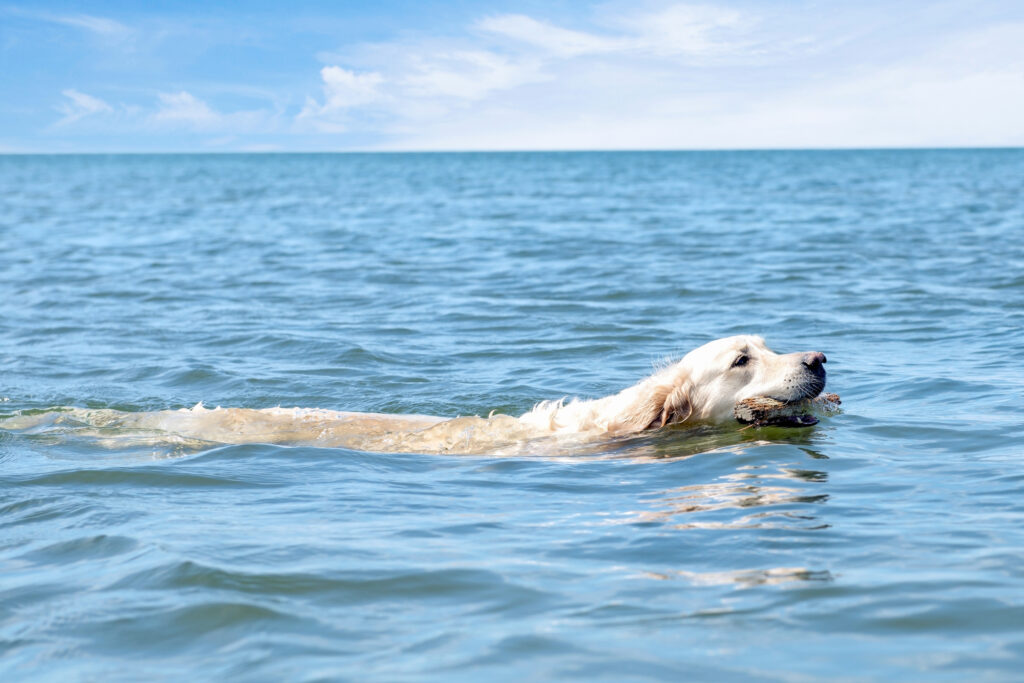
What precautions should I take when introducing my dog to sea swimming for the first time?
When introducing a dog to sea swimming, it’s crucial to start slowly to ensure the dog feels comfortable. It’s advisable to choose a quiet, shallow area and supervise closely to monitor their reactions.
What are the benefits of sea swimming for dogs, and how does it affect their health?
Sea swimming can be an excellent exercise for dogs, supporting joint health and improving fitness. However, care should be taken as the high salt content in seawater can affect dogs differently, and not all dogs may find this activity beneficial.
Is it necessary to bathe my dog after a swim in the salty ocean water?
Yes, it is necessary to bathe a dog after swimming in the ocean to remove salt and other potential irritants that can dry out their skin and fur.
How can I determine the safe duration for my dog to swim in the ocean without risking its wellbeing?
The safe duration for a dog to swim in the sea varies by individual. They should be closely observed for signs of fatigue or distress, and breaks should be provided. Ensure the dog doesn’t overexert itself, especially on their first few swims.
Are there any potential risks associated with allowing my dog to swim in sea water?
Risks include ingestion of saltwater which can lead to health issues, potential exposure to harmful algae or pollutants, and physical hazards like strong tides or hidden underwater objects. Monitoring and taking precautions can mitigate these risks.
What essential steps should I follow to ensure my dog’s safety and hygiene after an ocean swim?
Rinsing your dog with fresh water to remove salt and sand, checking for any scrapes or cuts, and drying their ears to prevent infections are essential steps. Keeping the dog hydrated and providing a clean environment to rest after swimming will also help maintain their safety and hygiene.

